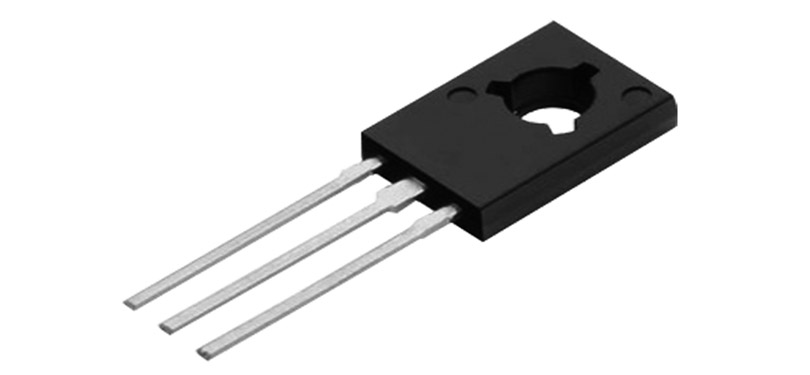

The three states of the triode are also called three working areas, namely: the cut-off area, the amplification area, and the saturation area.
(1), cut-off area: the triode works in the off state, when the emission junction voltage Ube is less than the 0.6-0.7V turn-on voltage, the emitter junction is not turned on the collector junction is reverse biased, no amplification.
(2), the amplification area: the emitter of the triode plus forward voltage (the cathode tube is about 0.3V, the silicon tube is about 0.7V), Ib controls Ic, Ic and Ib are similar to the collector after the reverse voltage is turned on. The linear relationship adds a small signal current to the base, causing a large collector signal current output.
(3), saturation zone: When the collector current IC of the triode increases to a certain extent, Ib will be increased, Ic will not increase, beyond the amplification zone, and enter the saturation zone. When saturated, Ic is the largest, the internal resistance between the collector and the emission is the smallest, and the voltage Uce is only 0.1V~0.3V, Uce
It can be seen from the above that the triode has two functions of "switching" and "amplifying".
Look at the three workspaces from the PN junction of the triode:
The between bet and bc behave as PN junction characteristics, and can be equivalent to two PN junctions in measurement. Previously no tension member, but also on behalf of the diode of the transistor. But the two diodes are connected to form a triode, which is never recommended in the book.
There are also many exercises in the book. The general idea is this: the triode is made up of two PN structures. Can it be connected to a triode with two diodes?
The answer is: no. Reason: From the manufacturing process of the triode and the principle of current amplification, the base region is very thin, which is beneficial to the minority carriers in the base region passing through the base region without being neutralized, but connected by diodes, the base region is large, and the base region is Minority carriers have sufficient time and space to be neutralized in the base.
Any triode is composed of two PN junctions. The PN junction is actually a diode. We know that the diode has unidirectional conductivity, that is, if the P pole voltage is higher than the N pole.
The voltage (this is called forward bias) current can flow from the P pole of the diode to the N pole, and when the N pole voltage is higher than the P pole voltage (this is called reverse bias), the current cannot flow from the N pole to the P pole.
When the emitter junction is forward biased and the collector junction is reverse biased, the transistor operates in an amplified state;
When both its emitter junction and collector junction are forward biased, the transistor operates in a saturated state;
When both its emitter junction and collector junction are reverse biased, the transistor operates in an off state.
The NPN type triode is a triode whose base is extremely P pole and whose collector and emitter are both N poles. According to the above principle:
Vb>Ve, Vb>Vc (ie, the emitter junction and the collector junction are positively biased): saturated state, and Vb>Vc>Ve (Vce≈0.1~0.3V);
Ve>Vb, Vc>Vb (ie, the emitter junction and the collector junction are reverse biased): the off state, and Vc>Ve>Vb (Vce≈ power supply voltage VCC);
Ve<Vb<Vc (ie, the emitter junction is positively biased, and the collector junction is reverse biased): the triode operates in an amplified state (Vce is between the above two cases).




